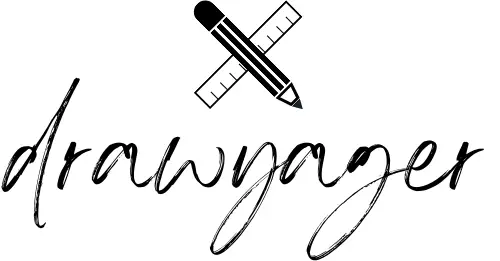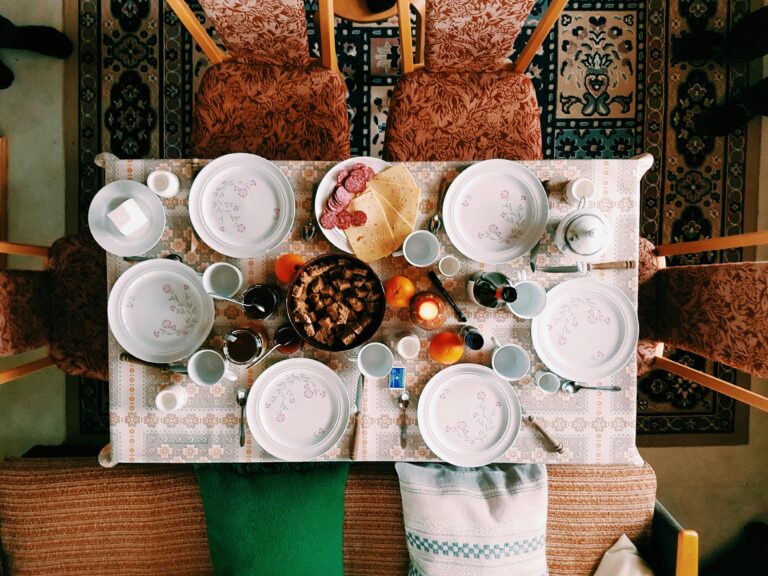Drawing every day can feel overwhelming. But once a week? That’s doable.
The 52-Week Drawing Challenge gives you one creative idea for every week of the year. No stress, no pressure. Just one drawing at a time, to help you grow, have fun, and build a steady drawing habit.
Whether you’re a beginner or have been sketching for years, this challenge gives you something fresh to try each week. You’ll practice new ideas, get more confident with your lines, and fill your sketchbook with things you didn’t know you could draw.
And the best part? You can make it fit your life. Draw every Sunday. Or maybe every Wednesday after school, or at work. Or on the way to work, or in a boring lecture. Even if you skip a week, you can pick up where you left off.
Personal tip: I like to write the weekly prompt in the corner of my sketchbook. That way, even if I forget, it’s there waiting, like a little spark ready to catch fire.
How the 52-Week Drawing Challenge Works
This challenge is simple:
One drawing idea. Each week. For one whole year.
You don’t need to be perfect. You need a pencil, some paper (or a sketchbook), and a little time each week. Every prompt is meant to inspire you, not to stress you out.
Each week gives you:
- 1 creative drawing prompt
- 3 levels to choose from:
- Beginner: easy and fun
- Intermediate: more detail and practice
- Advanced: deeper ideas and skill challenges
You can follow the list in order, or skip around. You can even use the prompts as warm-ups for your daily drawing or monthly themes. It’s all up to you.
Some people like to draw on the same day each week, like “Sketchbook Sunday” or “Beat The Monday Blues”. Others draw when they have a quiet moment during the week. You don’t need to stick to a strict plan.
What You’ll Get in the Full List:
- 52 weekly prompts, organized by season or month
- Clear and simple ideas for all skill levels
- Inspiration to help you practice, or just play
- Easy layout to scroll, save, or print
Weekly Drawing Prompts – One for Each Week of the Year
January – A Fresh Start

Week 1 – Draw something that feels new
Beginner: A new notebook or pen.
Focus: Think about clean shapes and how to keep your lines light and simple.
Intermediate: A baby plant or fresh fruit.
Focus: Practice soft shading and smooth curves to show freshness.
Advanced: A symbolic self-portrait showing a new beginning.
Focus: Use composition and visual elements to tell a personal story.
Week 2 – Warm in the cold
Beginner: A cozy blanket or warm socks.
Focus: Use round shapes and soft lines to show comfort.
Intermediate: A cup of tea with steam.
Focus: Try to draw the steam with light, flowing pencil strokes. Keep your lines gentle.
Advanced: A full winter scene with a warm light source.
Focus: Create contrast between cold areas and warm highlights using shading and light direction.
Here are a lot of Winter Drawing Ideas: Creative and Cozy Art Projects for the Cold Season 2024/2025)
Week 3 – Your favorite object
Beginner: Something you use every day, like a mug or key.
Focus: Keep shapes simple. Focus on what makes this object special to you.
Intermediate: Draw the object from different angles.
Focus: Practice perspective and form. Compare how the shape changes from view to view.
Advanced: Draw the object in parts, or show how it works inside.
Focus: Add texture and structure. Think about how you guide the viewer’s eye.
Week 4 – Reflections
Beginner: A mirror or a puddle with something reflected.
Focus: Try to copy simple shapes in reverse to show reflection.
Intermediate: A window with reflections.
Focus: Practice layering images – what’s inside, what’s outside, and what reflects.
Advanced: A scene that reflects part of yourself.
Focus: Use symbolism and subtle details to suggest meaning through the reflection.
February – Simple Moments
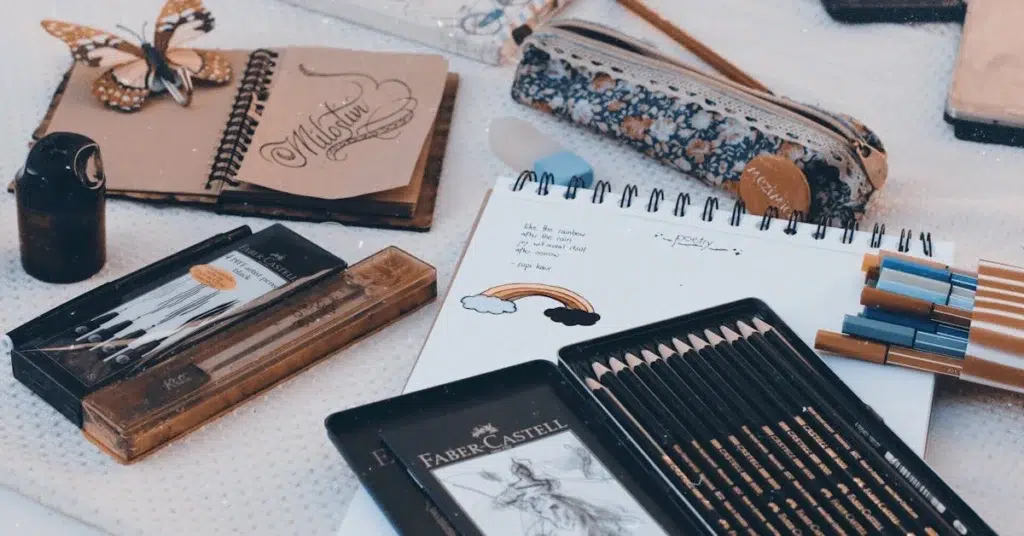
Week 5 – Small and quiet
Beginner: A sleeping pet or a closed book.
Focus: Keep lines soft. Think about calm shapes and gentle curves.
Intermediate: A still corner of your room.
Focus: Use light and shadow to show peace and quiet.
Advanced: A full scene that shows silence without using words.
Focus: Use contrast, space, and mood to create a feeling without action.
Week 6 – A meal you love
Beginner: Your favorite snack or drink.
Focus: Practice drawing basic forms and showing small details like crumbs or bubbles.
Intermediate: A full plate with utensils.
Focus: Try to draw the scene from above or the side using basic perspective.
Advanced: A person preparing or sharing the meal.
Focus: Show movement, gesture, and atmosphere. Let it feel alive.
Week 7 – Something forgotten
Beginner: An old key, letter, or toy.
Focus: Show age by using texture. Add small cracks, folds, or wear.
Intermediate: A dusty shelf or drawer.
Focus: Practice shading and soft pencil work to suggest dust or old surfaces.
Advanced: A scene filled with mystery or memory.
Focus: Use light and storytelling. What is shown and what is left out?
Week 8 – A place you sit often
Beginner: Your favorite chair or pillow.
Focus: Use simple lines and soft edges. Focus on shape and comfort.
Intermediate: Part of the room around that spot.
Focus: Practice space and placement. Try adding simple background details.
Advanced: A full room scene with mood and light.
Focus: Use perspective, texture, and atmosphere to create a place the viewer can feel.
March – Signs of Change
Week 9 – Something that grows
Beginner: A plant, a child’s hand, or a sprouting seed.
Focus: Use smooth lines and gentle curves to show softness and growth.
Intermediate: A tree at different stages.
Focus: Practice rhythm and spacing in your branches or leaves.
Advanced: A transformation scene, like a bud to flower.
Focus: Think in steps. How can you show time and change in one image?
Week 10 – Draw from real life
Beginner: A shoe, fruit, or backpack.
Focus: Look closely at shape and size. Don’t worry about details, just draw what you see.
Intermediate: A small still life with 2–3 items.
Focus: Pay attention to light and how objects overlap.
Advanced: A real place around you with depth.
Focus: Use perspective and background to make the scene feel real.
Week 11 – In motion
Beginner: A bouncing ball or waving flag.
Focus: Use curved lines and repetition to suggest motion.
Intermediate: A person walking or stretching.
Focus: Try gesture drawing. Focus on posture, not detail.
Maybe you can find a Dynamic Posing Reference: Master the Art of Lively Illustrations 2024.
Advanced: A moving scene, like traffic or dancing.
Focus: Show movement through blur, angles, or repeated elements.
Week 12 – Something broken or imperfect
Beginner: A cracked plate or wrinkled paper.
Focus: Don’t erase every flaw. Show it proudly.
Intermediate: A worn-out shoe or tool.
Focus: Use texture to show age or use.
Advanced: A scene with contrast between old and new.
Focus: Let the imperfections tell a story.
April – Everyday Things
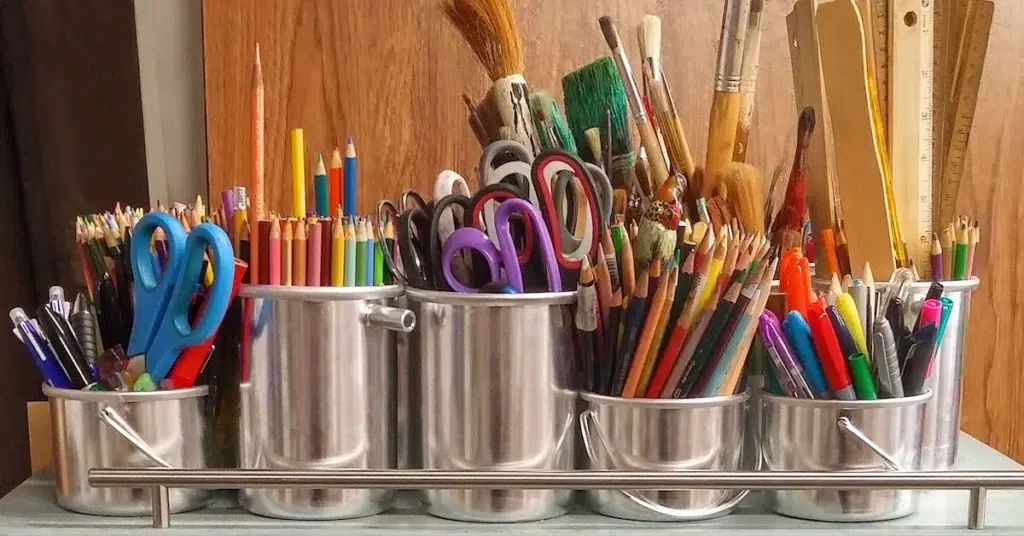
Week 13 – Tools you use
Beginner: A pencil, scissors, or eraser.
Focus: Use clean outlines. Keep it simple.
Intermediate: A group of tools together.
Focus: Arrange them in a way that looks balanced and real.
Advanced: Tools in action.
Focus: Show hands using them, or signs of use and wear.
Week 14 – Draw a window
Beginner: The shape of the window, and something outside.
Focus: Keep lines straight and clear.
Intermediate: A full window with curtains or blinds.
Focus: Use shadows and layers to show space.
Advanced: What’s seen from the window, plus reflections.
Focus: Combine inside and outside in one clear drawing.
Week 15 – Weather around you
Beginner: A sunny or rainy sky.
Focus: Use pencil pressure or line style to show mood.
Intermediate: A scene with weather in motion.
Focus: Suggest wind, rain, or light with movement in your lines.
Advanced: Weather as part of a story.
Focus: Use atmosphere and emotion to support the scene.
Week 16 – Your favorite object again, but from memory
Beginner: Try drawing it without looking.
Focus: Notice what details you remember.
Intermediate: Add a background or setting from your imagination.
Focus: Use your memory to create a full scene.
Advanced: Creatively change the object.
Focus: Use memory and imagination together. Let the object evolve.
May – People and Moments
Week 17 – A hand or face
Beginner: Outline your hand or draw a simple smile.
Focus: Don’t overdo it. Focus on basic shapes.
Intermediate: A side view of a face or hand holding something.
Focus: Practice proportions and soft shading.
Advanced: A portrait or expressive hand in action.
Focus: Try to show emotion through small details.
Week 18 – A moment of calm
Beginner: A cat napping or clouds in the sky.
Focus: Use wide shapes and soft edges.
Intermediate: A person reading or resting.
Focus: Practice stillness and body posture.
Advanced: A full quiet scene with light and mood.
Focus: Use contrast and space to slow down the image.
Week 19 – A celebration
Beginner: Balloons, cake, or candles.
Focus: Keep it light and happy. Use round forms and simple decorations.
Intermediate: A group of people having fun.
Focus: Show action and joy in the way people move.
Advanced: A full party scene with background details.
Focus: Try layering and storytelling to show energy.
Week 20 – Someone important to you
Beginner: A symbol, like a favorite item of theirs.
Focus: Think of what makes that person special.
Intermediate: A simple portrait.
Focus: Use soft lines and get the feeling right, not just the look.
Advanced: A scene that shows them in their world.
Focus: Combine likeness and emotion.
June – Outdoors and Light
Week 21 – A tree or group of trees
Beginner: A single tree with a trunk and leaves.
Focus: Use simple lines and light shading.
Intermediate: A tree with texture and branches.
Focus: Vary your line pressure to show bark and volume.
Advanced: A small forest scene.
Focus: Use light and shadow to show depth.
Here you can find 110+ Stunning Tree Drawing References to Improve Your Art Instantly
Week 22 – A place outside
Beginner: A simple bench or park path.
Focus: Keep perspective easy and clean.
Intermediate: A corner of a street or garden.
Focus: Practice angles and overlapping forms.
Advanced: A full outdoor scene with people or weather.
Focus: Balance composition and atmosphere.
Week 23 – Shadows
Beginner: Draw an object and its shadow.
Focus: Keep the shadow shape connected and soft.
Intermediate: A strong light source with multiple shadows.
Focus: Use contrast to show depth.
Advanced: A scene built around light and shadow.
Focus: Let shadows lead the eye.
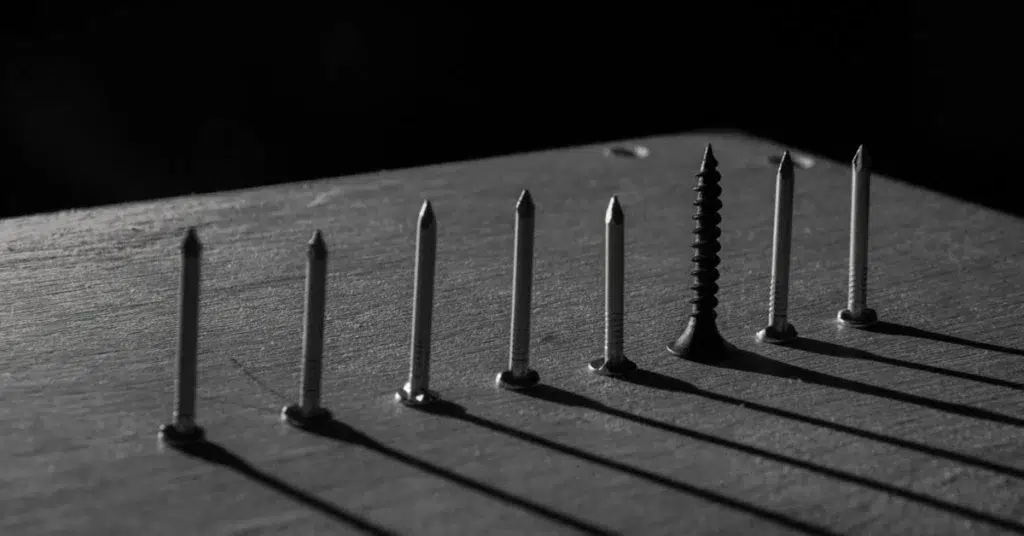
Week 24 – Your favorite season
Beginner: One item that reminds you of that season.
Focus: Think about shapes and memories.
Intermediate: A small seasonal scene.
Focus: Use detail to set the time of year.
Advanced: A full landscape that feels like that season.
Focus: Color, texture, and light should support the mood.
July – Summer and Story
Week 25 – Something sweet
Beginner: Ice cream, fruit, or candy.
Focus: Use round forms and soft shading to show texture.
Intermediate: A dessert on a plate.
Focus: Practice shadows and highlights to make it look real.
Advanced: A full scene with food, hands, and summer mood.
Focus: Tell a story with light and color.
Week 26 – Your favorite summer place
Beginner: A beach, backyard, or spot under a tree.
Focus: Keep it simple and focus on shape and space.
Intermediate: Draw from a photo or memory.
Focus: Practice layout and natural textures.
Advanced: Combine memory and imagination.
Focus: Use atmosphere and details to bring the place to life.
Week 27 – Sun and shade
Beginner: A sunny object and its shadow.
Focus: Use contrast. One side light, one side darker.
Intermediate: A person or object half in the sun, half in the shade.
Focus: Watch how shadows wrap around form.
Advanced: A full scene with strong lighting.
Focus: Control your values and light direction.
Week 28 – Something that moves in the wind
Beginner: A leaf, flag, or balloon.
Focus: Use curved lines to show motion.
Intermediate: Hair or fabric blowing in the wind.
Focus: Suggest movement with flow and line weight.
Advanced: A windy scene with depth and life.
Focus: Use rhythm in shapes to show the breeze.
August – Adventure and Imagination
Week 29 – A bag or suitcase
Beginner: A backpack or travel bag.
Focus: Practice simple structure and symmetry.
Intermediate: An open bag with objects inside.
Focus: Show layers and overlapping shapes.
Advanced: A bag that tells a story.
Focus: Use what’s inside to say something about the owner.
Week 30 – A made-up creature
Beginner: Combine two animals you like.
Focus: Keep it playful, use clear outlines.
Intermediate: Add detail like texture, claws, or wings.
Focus: Think about anatomy and balance.
Advanced: Show the creature in its world.
Focus: Use background and light to support the design.
Week 31 – A map
Beginner: A treasure map or a map of your room.
Focus: Keep shapes clear and fun to follow.
Intermediate: A town or garden map.
Focus: Use symbols and lines that guide the eye.
Advanced: A fantasy map with texture and story.
Focus: Use ink, shading, or labels to add richness.
Week 32 – A sky scene

Beginner: Clouds or stars.
Focus: Use smooth gradients or scattered dots.
Intermediate: A sunrise or sunset.
Focus: Work with soft layers of value or color.
Advanced: A sky that reflects mood or weather.
Focus: Let the sky support a feeling or story.
September – Shifts and Stillness
Week 33 – Something falling
Beginner: A leaf or ball in the air.
Focus: Use curves or dashed lines to suggest movement.
Intermediate: More than one falling object.
Focus: Show timing and direction.
Advanced: A falling scene that tells a story.
Focus: Use action, framing, and space to create drama.
Week 34 – A quiet moment
Beginner: A candle or book.
Focus: Focus on shape and gentle lines.
Intermediate: A calm room or still corner.
Focus: Use shadows and empty space.
Advanced: A moment between two people.
Focus: Show quiet through posture and light.
Week 35 – A turning point
Beginner: A road or a choice between two items.
Focus: Keep it symbolic and simple.
Intermediate: A door or crossing point.
Focus: Show depth and what’s on either side.
Advanced: A scene full of change or emotion.
Focus: Use contrast and storytelling.
Week 36 – A memory from childhood
Beginner: A toy or snack.
Focus: Draw what you remember, not what’s perfect.
Intermediate: A small scene from the past.
Focus: Use soft lines or fading details to show time.
Advanced: A full memory with feeling.
Focus: Let mood lead the drawing.
October – Mystery and Mood
Week 37 – A mysterious object
Beginner: A locked box or a strange tool.
Focus: Use clear shapes and tiny details.
Intermediate: A shadowy object in a room.
Focus: Use light to hide or reveal.
Advanced: Create tension around the object.
Focus: Build story without showing everything.
Week 38 – A night scene
Beginner: Stars or the moon.
Focus: Keep lines minimal and contrast strong.
Intermediate: A street or window at night.
Focus: Practice light sources in the dark.
Advanced: A full night scene with depth.
Focus: Use value, texture, and light to guide the eye.
Week 39 – A mask or disguise
Beginner: A party mask or funny costume.
Focus: Use bold shapes and patterns.
Intermediate: A masked face or hidden identity.
Focus: Show expression even behind the mask.
Advanced: A symbolic or surreal disguise.
Focus: Use details to hint at what’s underneath.
Week 40 – Something spooky or strange
Beginner: A ghost, spider, or pumpkin.
Focus: Use bold lines and simple forms.
Intermediate: A haunted house or eerie scene.
Focus: Play with lighting and shapes.
Advanced: A drawing that makes the viewer uneasy.
Focus: Use composition and emotion.
For more inspiration, take a look at these 30 Halloween Drawing Ideas That Will Give You All the Spooky Vibes!
November – Reflection and Gratitude
Week 41 – Something you’re thankful for
Beginner: A person, food, or place.
Focus: Keep it personal and clear.
Intermediate: A quiet moment of joy.
Focus: Use light and background to support it.
Advanced: A full scene that says “thank you.”
Focus: Tell the story without words.
Week 42 – An object with meaning

Beginner: A gift or souvenir.
Focus: Use gentle lines and soft shadows.
Intermediate: A close-up drawing.
Focus: Focus on surface and form.
Advanced: The object in context.
Focus: Show why it matters.
Week 43 – A room that feels safe
Beginner: A corner or favorite chair.
Focus: Use simple shapes and soft lines.
Intermediate: More of the space.
Focus: Think about warmth and light.
Advanced: A safe space from memory or imagination.
Focus: Use texture and detail to build mood.
Week 44 – The feeling of home
Beginner: Something small that reminds you of home.
Focus: Use shape and comfort.
Intermediate: A home activity like cooking or reading.
Focus: Practice gestures and mood.
Advanced: A layered scene showing what home means to you.
Focus: Blend emotion and design.
December – Light and Rest
Week 45 – A light source
Beginner: A candle or lamp.
Focus: Use contrast to make the light stand out.
Intermediate: A glowing object in a dark space.
Focus: Control your values carefully.
Advanced: Use light as the main storytelling tool.
Focus: Guide the viewer with brightness.
Week 46 – A winter scene
Beginner: A snowflake or hat.
Focus: Practice soft, light shading.
Intermediate: A landscape or cozy room.
Focus: Use layers and balance.
Advanced: A full story inside the cold.
Focus: Let the scene feel quiet or bright.
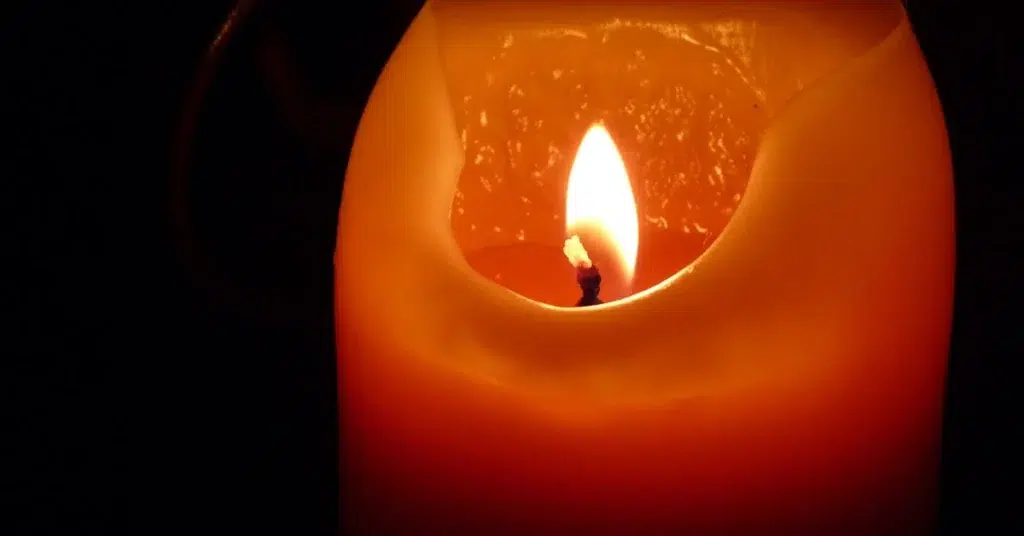
Week 47 – A quiet celebration
Beginner: A candle, cookie, or card.
Focus: Keep it simple and joyful.
Intermediate: A person enjoying a calm holiday.
Focus: Use posture and light to show peace.
Advanced: A memory or emotion from this season.
Focus: Blend design and feeling.
Week 48 – The year in one drawing
Beginner: A few favorite things you drew.
Focus: Create a collage of memories.
Intermediate: A scene showing change or growth.
Focus: Use symbolism and time.
Advanced: A visual reflection of the whole year.
Focus: Build a story from start to finish.
Weeks 49–52 – Bonus weeks or your own prompts
You made it! These last weeks are open.
Draw something you skipped, try a new idea, or invent your challenge.
The important thing is: you kept drawing.
Tips to Stay on Track With The 52-Week Drawing Challenge
A year is a long time, and life gets busy, but that’s okay. You don’t have to draw perfectly or follow every week in order. The most important thing is to keep going.
Here are a few simple tips that can help you stay on track with your weekly drawing:
- Pick a Drawing Day: Choose one day each week as your “drawing day.” Sunday afternoon, Monday evening, or any time that feels calm. Make it a little creative habit, even just 15 minutes counts.
- Keep Your Tools Handy: Have a small sketchbook, pencil, or pen ready to go. Keep them on your desk, by your bed, or in your bag. If it’s easy to grab, it’s easier to start.
- Print the Prompt List: Put it on your wall, notebook, or fridge. Crossing off each week feels great, like a creative checklist.
Optional: You can also write the prompt right into your sketchbook at the top of the page. That way, it’s always there waiting. - Missed a Week? No Problem: If you skip a week, just come back when you’re ready. There are no rules, no guilt. You can always pick a prompt that excites you and jump back in.
- Make It Yours: Use pencil, ink, markers, or draw digitally. Do tiny sketches or full pages. There’s no right or wrong way; this is your creative time.
- Look Back: Flip through your sketchbook every few weeks. You’ll see how far you’ve come, even if it doesn’t feel like it yet.
If you’re drawing, you’re growing.
Creative Add-Ons (Optional Ideas to Try)
This challenge is already full, but if you want to go a little further, here are some fun ways to make it even more creative.
1. Create a Drawing Tracker
Make a simple chart with 52 boxes. Fill one in every time you finish a weekly prompt. You can color them, number them, or even draw tiny doodles inside.
Bonus: At the end of the year, you’ll have a visual map of your progress.
2. Add a Monthly Highlight
Pick your favorite drawing from each month and redraw it in more detail, or turn it into a full artwork. This helps you reflect and go deeper.
3. Combine with Other Challenges
Already doing a daily or monthly drawing challenge? Try using one prompt to inspire the other. For example, a daily sketch from Week 12’s theme.
4. Draw With a Friend
Share prompts with a friend or family member. You don’t have to compare — just encourage each other to keep going. It’s more fun together.
5. Make a Gallery at the End
At the end of the year (or every few months), pick 3–5 of your favorite drawings and hang them on your wall or post them online. It’s a great way to celebrate your creative year.
Keep Drawing, Keep Growing
You don’t have to do everything. You don’t need to be perfect.
You just need to start and then keep going, one drawing at a time.
Some weeks you’ll feel inspired. Other weeks, you might feel stuck. But even the smallest sketch moves you forward.
This challenge is here to help you build a habit, try new things, and enjoy the process. There’s no deadline. Just you, your ideas, and your pencil.
You’ve got this.
Your sketchbook is waiting. Let’s make it a creative year with this 52-Week Drawing Challenge.
